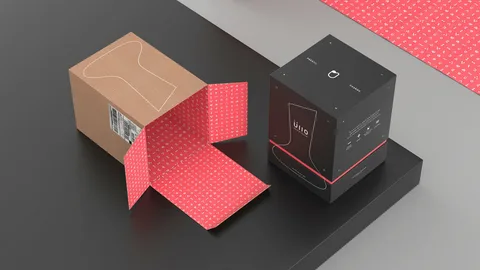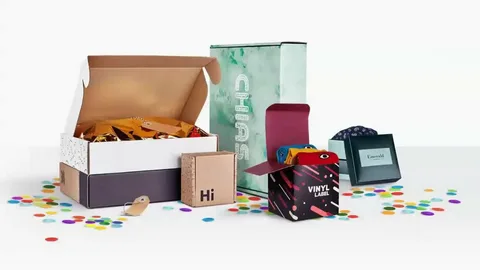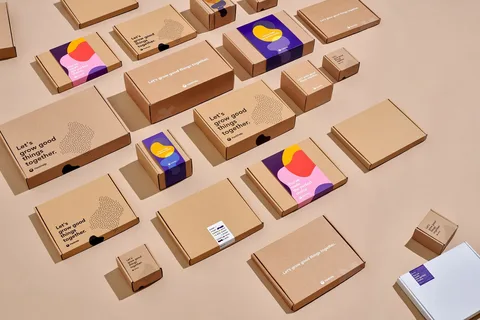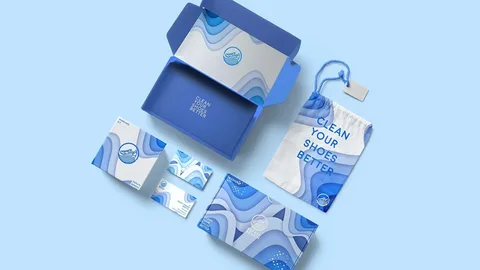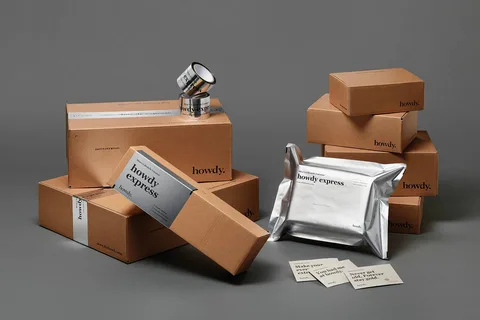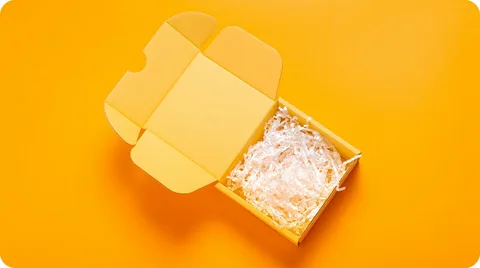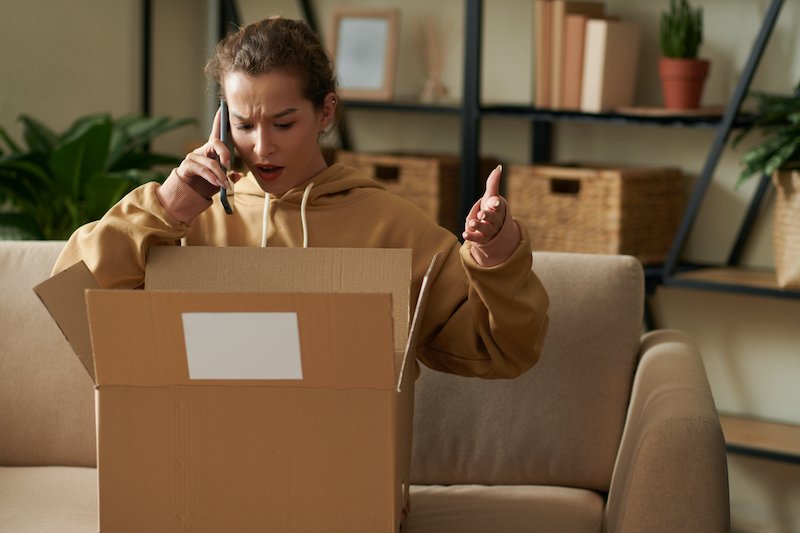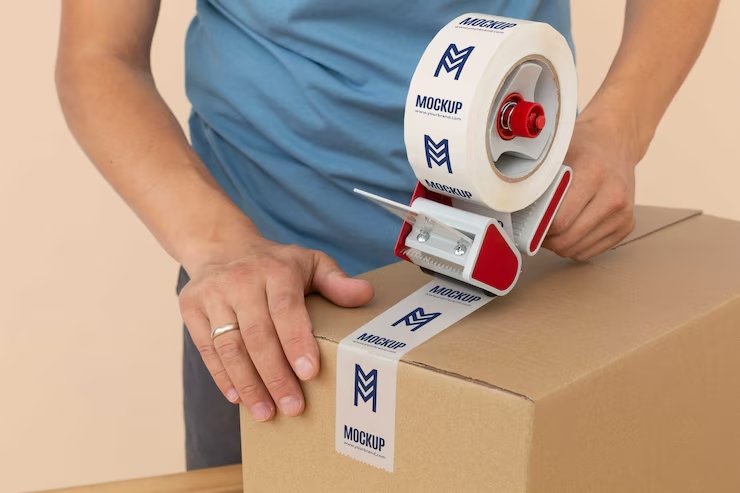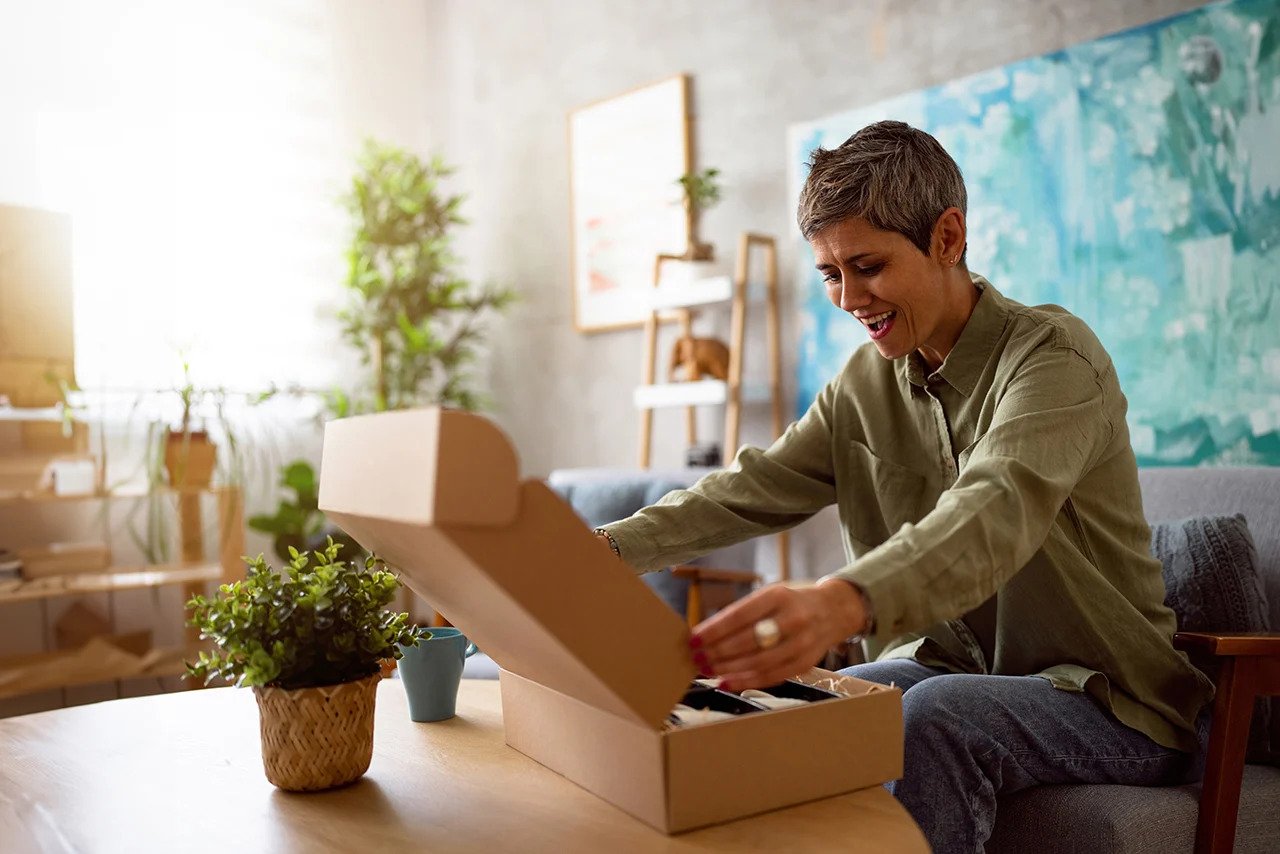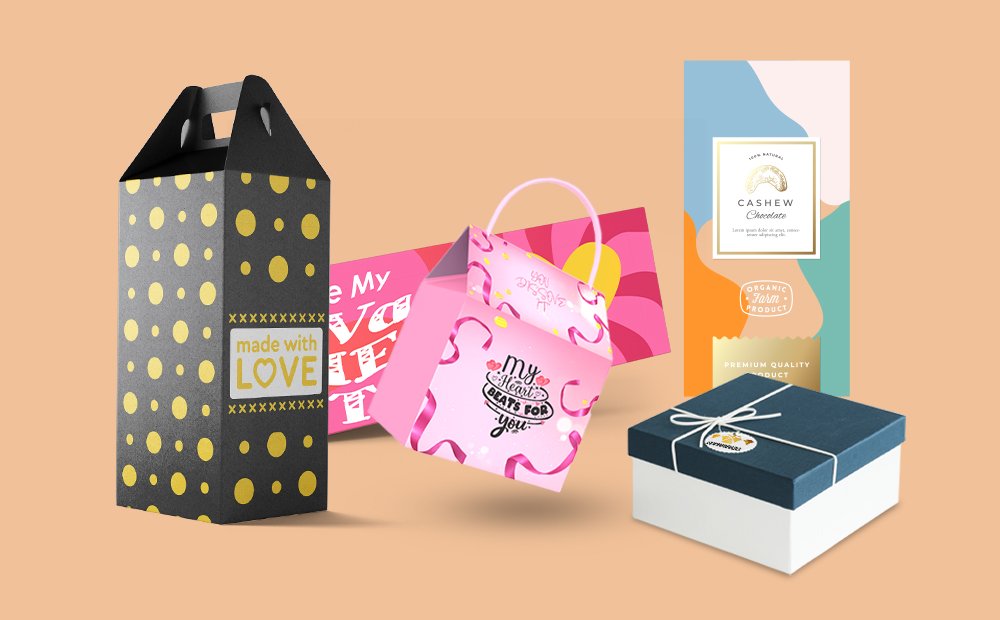Custom printed boxes are a vital part of modern branding and product presentation. Whether you’re a small business owner or a large corporation, packaging can significantly influence customer perception and boost sales. This guide will walk you through how to design custom printed boxes effectively and where to order them to ensure quality, affordability, and timely delivery.
The Importance of Custom Printed Boxes
Custom printed boxes serve as more than just a container—they are a powerful marketing tool. Unique and eye-catching packaging helps your products stand out on shelves or in the mail, creating a memorable first impression. With the rise of e-commerce, packaging has become even more critical because it’s the first physical touchpoint between your brand and the customer.
Understanding Your Brand Identity
Before starting the design process, it’s essential to have a clear understanding of your brand identity. Your packaging should reflect your brand’s personality, values, and target audience. Colors, fonts, logos, and imagery used on your custom boxes must align with your overall branding strategy to create a cohesive experience.
Key Elements of Box Design
Designing custom printed boxes involves several key elements. Choose from cardboard, corrugated, kraft, or rigid boxes based on your product type and budget. Your box should fit your product perfectly, avoiding wasted space or damage during transit. Use high-resolution images and brand colors that grab attention while maintaining professionalism. Clear and readable fonts improve brand communication. Options like matte/glossy lamination, embossing, or foil stamping can elevate the box’s appearance.
Designing for Functionality and Aesthetics
Good packaging design balances beauty and practicality. Custom printed boxes should protect your products during shipping and handling while enticing customers. Consider structural design features such as easy-open tabs, inserts for product security, or reusable boxes that add value.
Using Design Software and Tools
You don’t need to be a professional graphic designer to create custom printed boxes. Many online tools and software options like Adobe Illustrator, Canva, or specialized packaging design platforms can help you create prototypes. Some packaging companies also provide free templates to simplify the design process.
Incorporating Eco-Friendly Packaging
Sustainability is a growing trend in packaging design. Many consumers prefer brands that use recyclable, biodegradable, or compostable materials. When designing your custom printed boxes, consider eco-friendly inks and materials to reduce your environmental impact and appeal to green-minded customers.
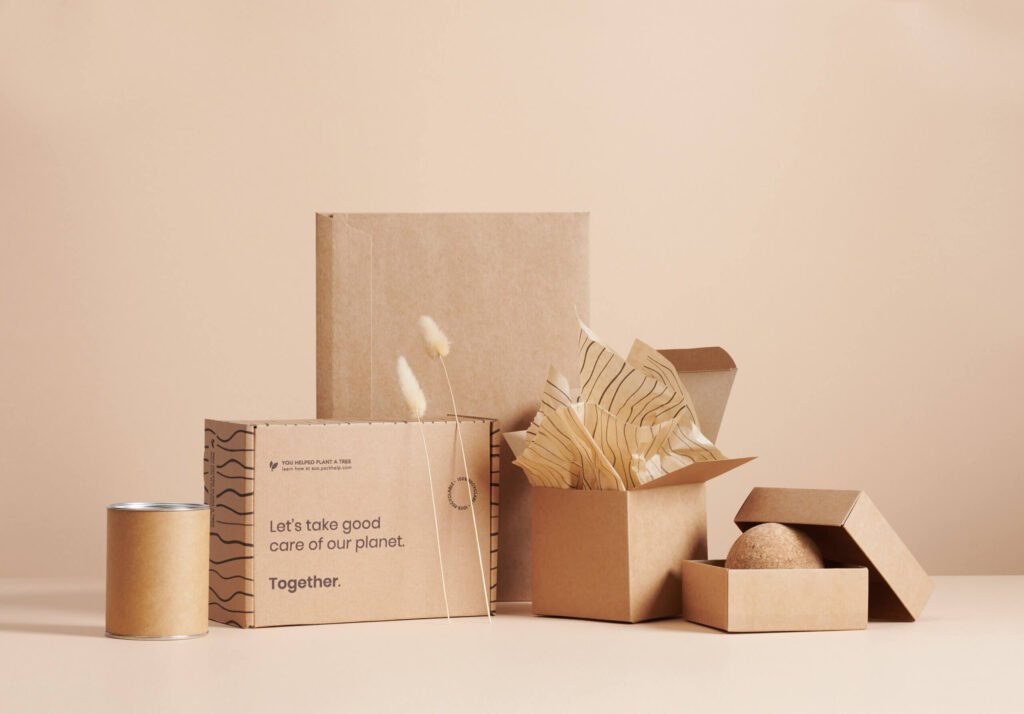
Where to Order Custom Printed Boxes
Finding the right supplier is crucial for quality and timely delivery. Several factors influence your choice. Look for companies with proven track records. Ensure the supplier can handle your design specifications. Some suppliers require large orders, which might not suit small busineses. Compare quotes and delivery timelines.
Working with Packaging Suppliers
Once you select a supplier, collaborate closely with their design and production teams. Provide clear artwork files, specify materials and finishes, and ask for digital proofs or samples before mass production. Good communication minimizes errors and ensures your vision is realized.
Cost Considerations for Custom Printed Boxes
The price of custom printed boxes depends on size, material, print complexity, and quantity. Bulk orders typically reduce per-unit costs. Balancing quality and budget is key—don’t compromise on materials or print quality, as packaging reflects your brand’s reputation.
Marketing Your Products with Custom Packaging
Finally, use your custom printed boxes as part of a broader marketing strategy. Share unboxing experiences on social media, offer special edition packaging for holidays, or include personalized messages. Packaging that delights customers encourages repeat purchases and word-of-mouth referrals.
Conclusion
Custom printed boxes are an investment that can elevate your brand, protect your products, and enhance customer loyalty. By understanding your brand, focusing on both design and functionality, choosing sustainable materials, and partnering with reliable suppliers, you can create packaging that stands out in a competitive market. Whether you’re launching a new product or refreshing your packaging, custom printed boxes are a smart choice to grow your business and impress your customers.





